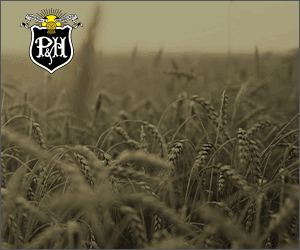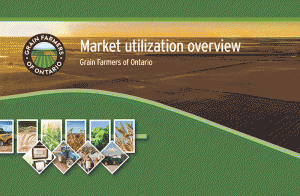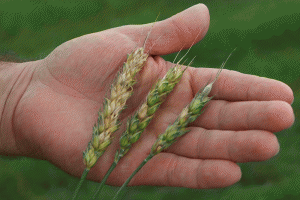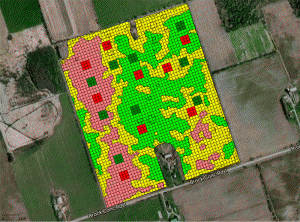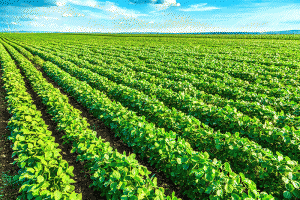Soyagen
RESEARCH IMPROVING YIELD AND DISEASE RESISTANCE
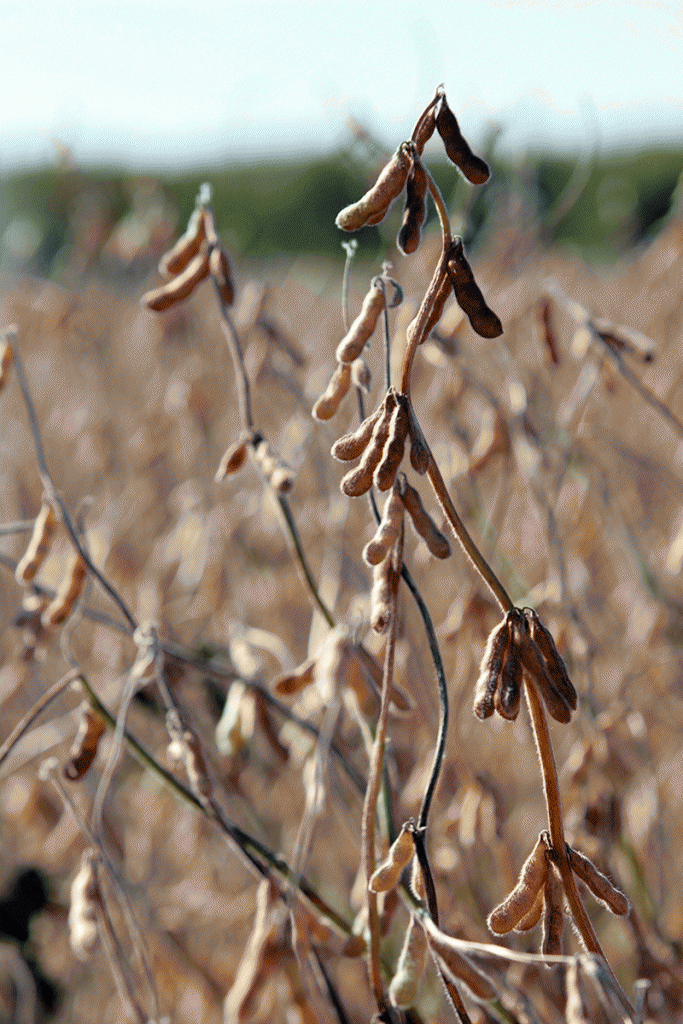
SOYBEANS ARE A rapidly growing, multipurpose crop whose seeds are an extremely valuable source of both protein and oil. From an environmental point of view, the soybean is highly attractive to some growers because it does not need a chemical fertilizer to provide it with nitrogen.
But there are still three important challenges for developing high-yielding soybean varieties that are well-suited for growing in Canada: our short growing season, the shortage of varieties resistant to pests and diseases, and general farmer adoption.
Enter the “Soyagen: Improving yield and disease resistance in short-season soybean” research project, which is working towards addressing these three issues by using cutting-edge science — genotyping, to be exact — to probe deep into the genetic code of soybeans.
“Genotyping is like a genetic fingerprint, if you will, that will essentially be unique to every single soybean variety or line that is out there,” explains Laval University professor Francois Belzile, the principal investigator for the project. “But contrary to a normal fingerprint, it will also yield information regarding the underlying traits that a soybean line might have based on that fingerprint. So, it’s more than just an identifier to say ‘this is different from that’ because it also helps breeders determine what sort of genetic package a line has and what traits can be associated with it.”
NEW TOOLS
By using genotyping, Belzile says the project aims to develop new selection tools to enable breeders to develop soybean varieties with improved yield, and both disease and pest resistance.
Specific to pest problems, he points to soybean growers in Southern Ontario, many of whom are dealing with a soybean cyst nematode problem. As he says, although soybean is well established in Ontario, the reality is if you don’t have adequate resistance to diseases and pests, then the crop becomes less attractive to grow.
“So, one of the challenges there from a breeding point of view, is that there are genes that are known to confer resistance, but sometimes this resistance does not extend to all types of nematodes,” says Belzile, explaining that because the nematodes are not all equal and differ genetically, sometimes these resistance genes are only effective against a specific race of nematode.
This is why the researchers are also looking to develop tools to make it a lot easier for growers themselves to identify the specific type of disease or pest they have in their field — it will make it much easier for growers to identify which varieties will work best for them based on what resistance genes are in the soybean variety.
For now, the project is focussing specifically on both the soybean cyst nematode and Phytophthora root rot, which also has a large number of races and is a pest of concern for producers.
BUILDING BLOCKS
The project officially started in October 2015. Belzile says the first year has been exciting and has covered a lot of basic ground and collected a lot of information.
“On the plant side, we’ve characterized, in a very comprehensive fashion, a set of 100 soybean lines that were selected as being representative of Canadian soybean material, and we’ve completely sequenced them, so we know their DNA,” says Belzile.
He says this is an incredible accomplishment considering there are 1.1 billion bases of DNA in each of these soybean varieties, and that his team has looked at each one of them.
“We now have a complete knowledge base for how these 100 varieties are distinguishable from one to the other. Such a powerful x-ray into the genetic composition of a soybean line gives us a very detailed understanding of what’s inside each one of those varieties.”
The significance, he says, is this detailed information is an important step in understanding questions like why one variety matures three days earlier than another.
“We can look at it and go ‘Oh, look, it’s this gene’,” explains Belzile. “So it helps really lay the groundwork in terms of understanding what makes a Canadian soybean tick and what’s important for the breeder to consider.”
In a similar fashion, Belzile says the group of 10 researchers and their teams has been doing the same thing with both the soybean cyst nematode and the Phytophthora root rot, sequencing representatives of the various races to understand the differences between them.
“The first year of the project has been spent mostly acquiring this sequence, or knowledge of this genetic information,” says Belzile. “In the next year, we’ll be finding the hallmarks that distinguish one race versus another and, based on that information, that will open the door to creating a diagnostic tool.”
COLLABORATION
Belzile estimates there are about 35 researchers contributing to the project, including graduate students, post-doctoral students, and research associates.
Several partners are helping fund the project including, Grain Farmers of Ontario, Genome Canada, Genome Québec, Western Grains Research Foundation, Saskatchewan Pulse Growers, Manitoba Pulse & Soybean Growers, Ministère de l’Économie, Innovation et Exportation du Québec, Agriculture and Agri-Food Canada, the CEROM, University of Guelph, Laval University, Producteurs de grains du Québec; along with several industrial partners (Sevita Genetics, La Coop Fédérée, Semences Prograin, and Syngenta).
“This project is an excellent example of what can happen when growers have the foresight to invest in research that, in today’s collaborative environment, provides nice opportunities to leverage funds,” says Belzile. “And because of the significant leveraging in this sort of project, a grower can put in a dollar and get 10 dollars of research out of their investment. There’s a lot of research coordination going on here and that’s a big plus for the soybean community in Canada, for sure.”
The project runs until September 2019. •


